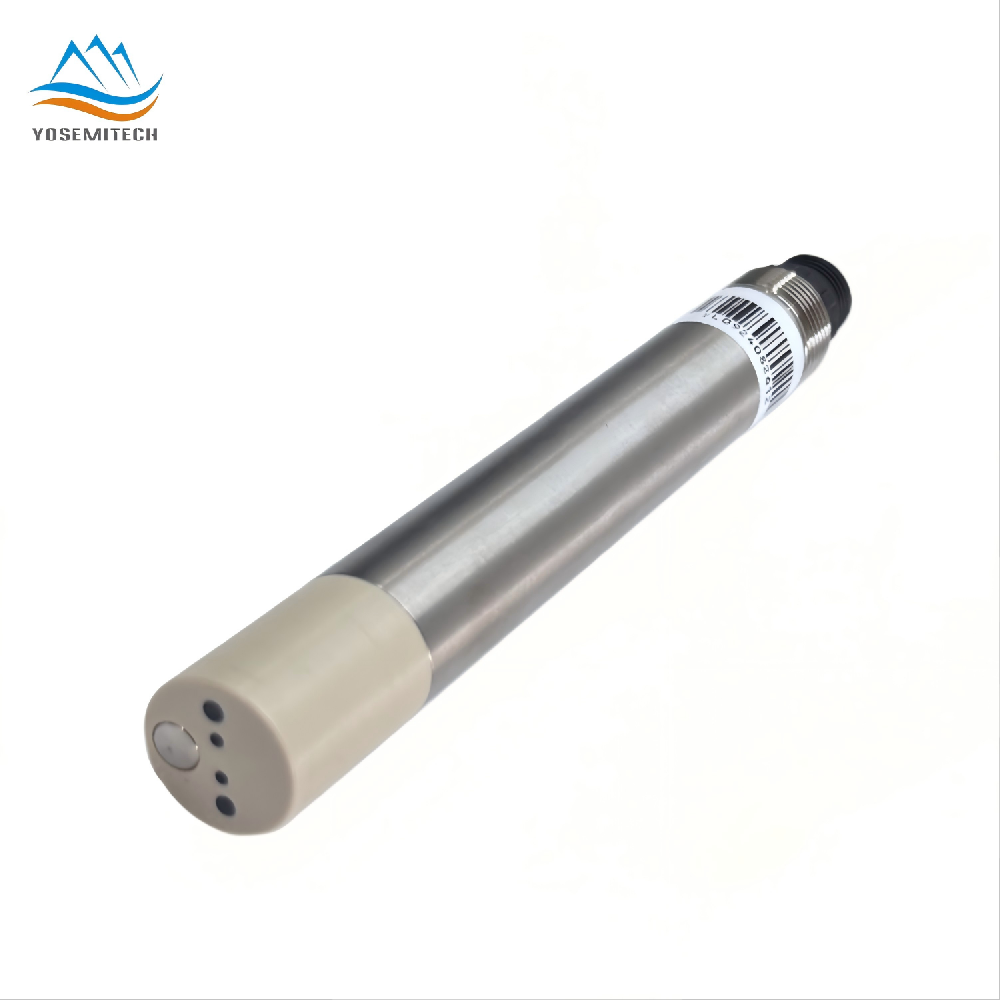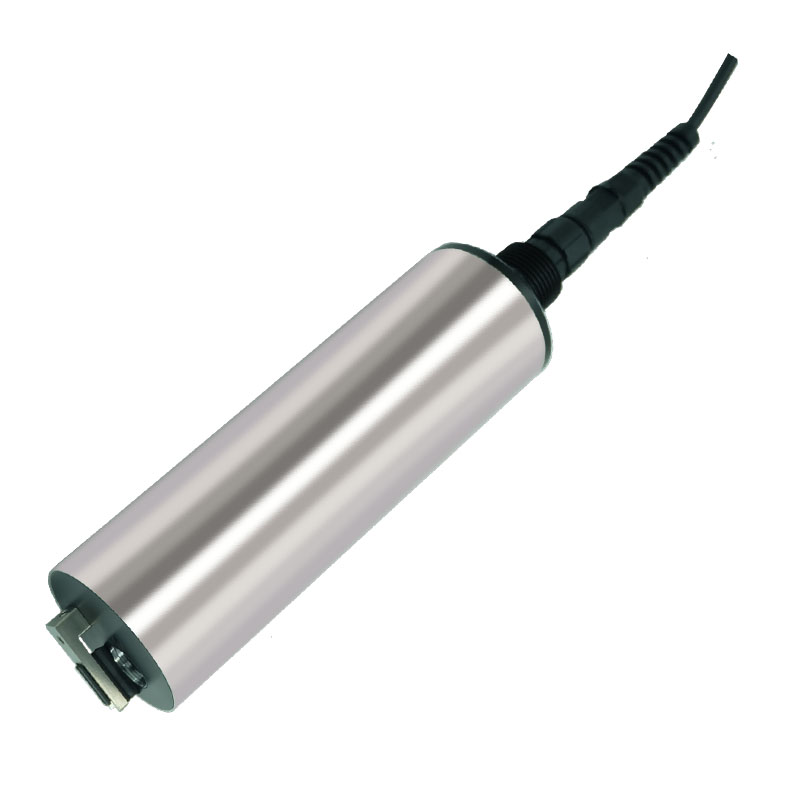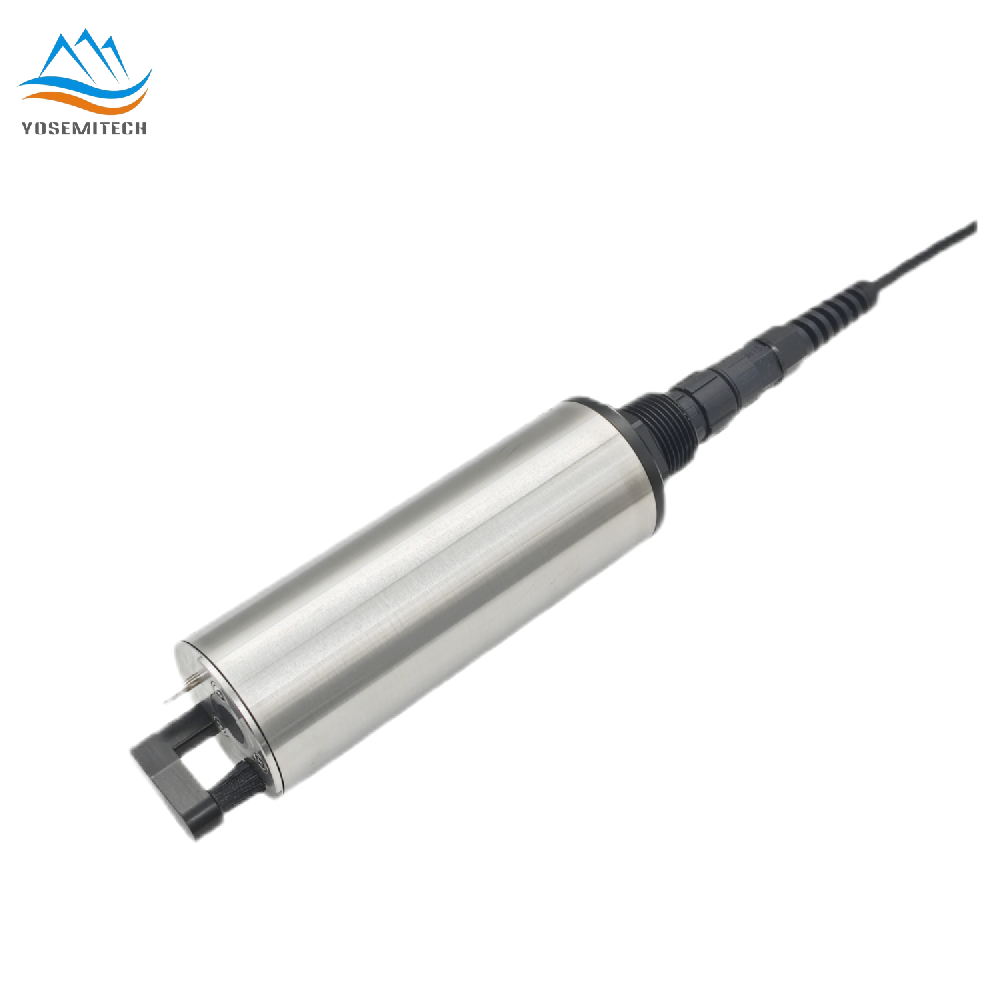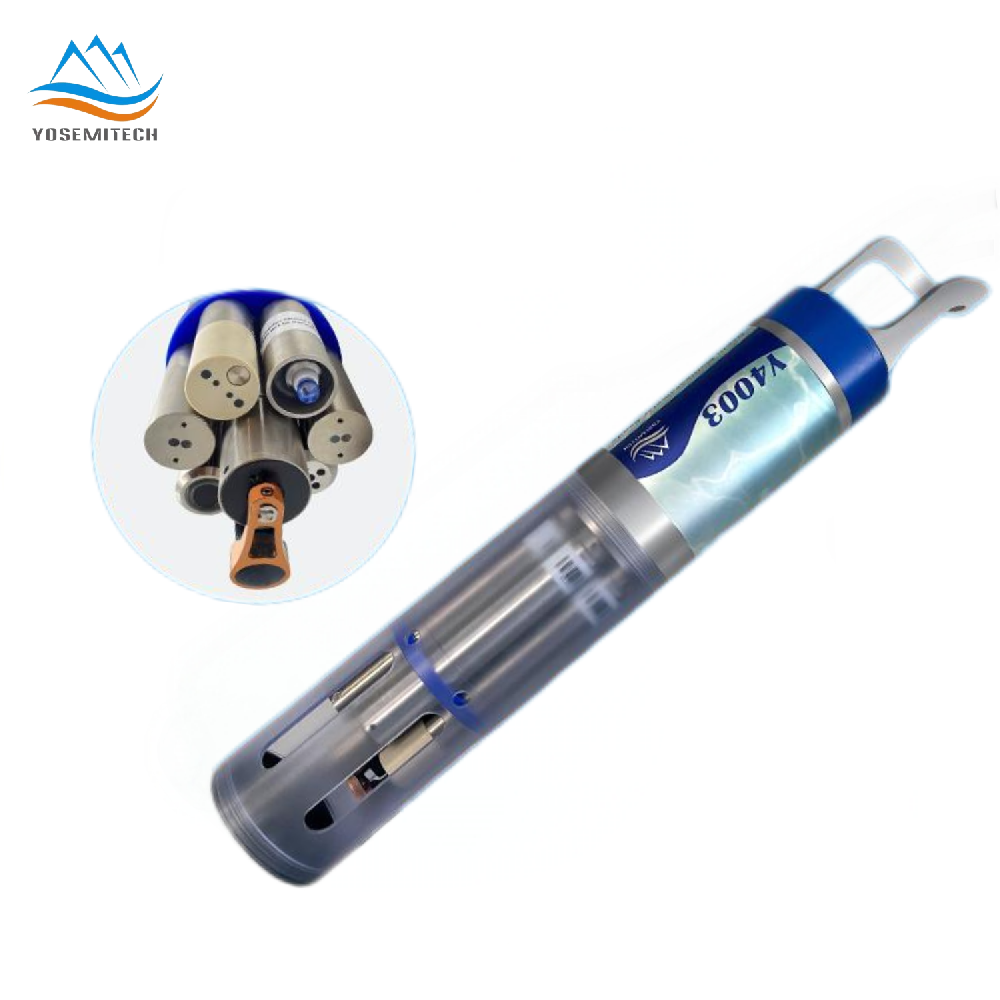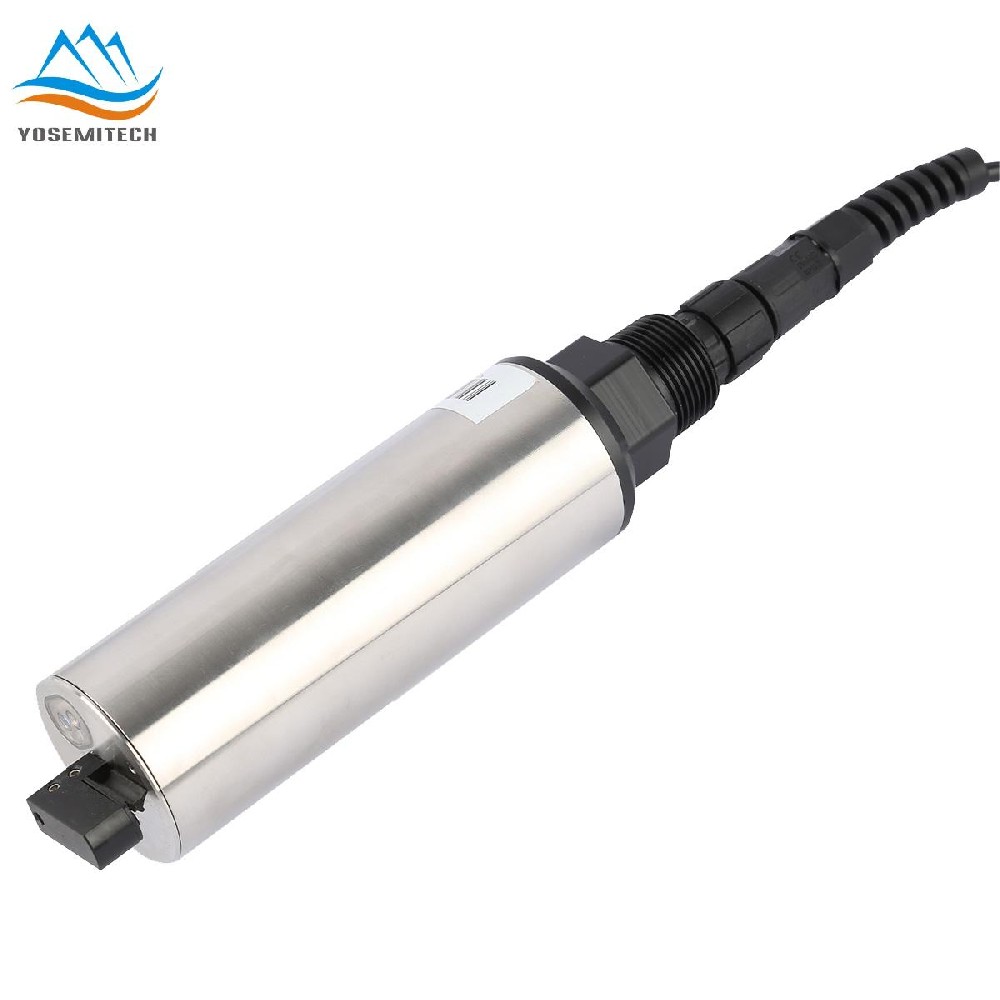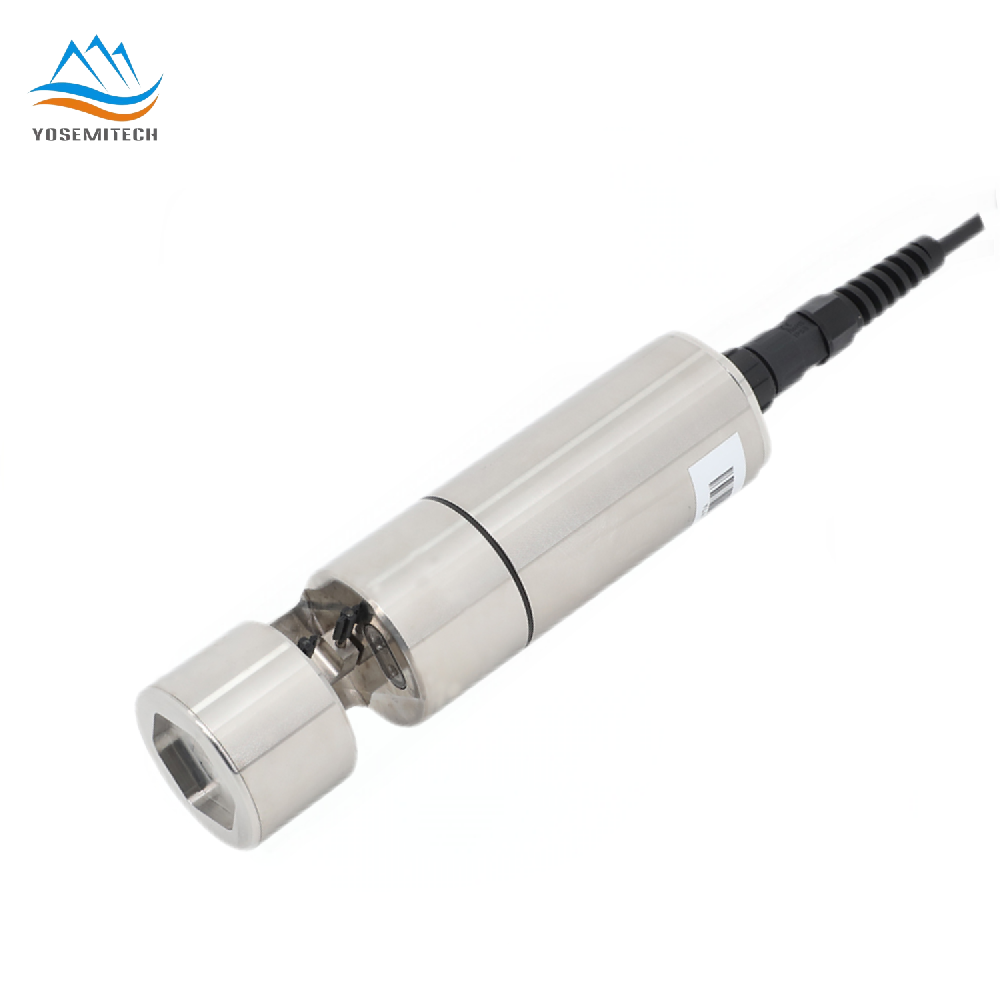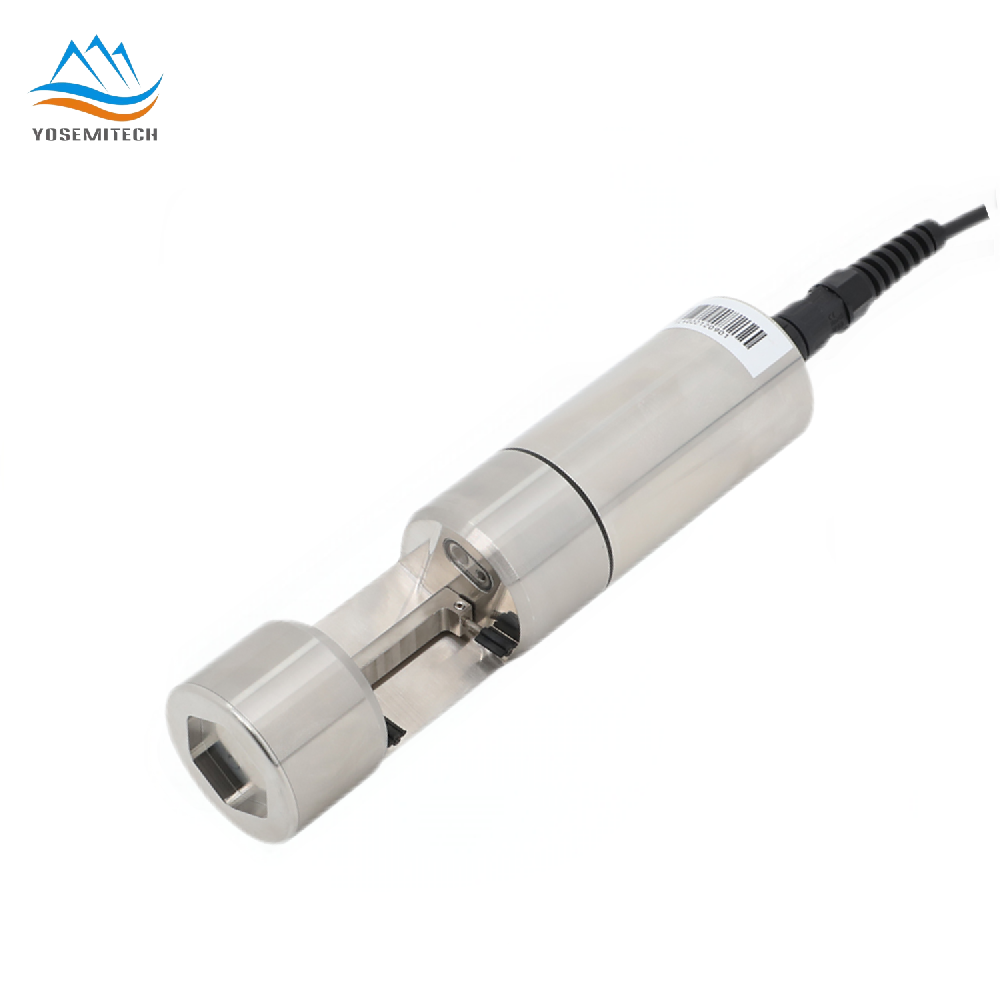Industry news
What is Blue-green Algae? How to Measure it?
Writer: admin Time:2024-10-31 15:29:52 Browse:1104℃
Blue-green algae, scientifically known as cyanobacteria, are a group of photosynthetic microorganisms that play a crucial role in aquatic ecosystems. Despite their name, they are not true algae but rather a type of bacteria. These organisms are found in various water bodies, including freshwater lakes, rivers, and oceans, as well as in damp soil and even on rocks. They are known for their ability to fix atmospheric nitrogen, making them an essential component of the nitrogen cycle in ecosystems. However, when their populations grow excessively, they can form harmful algal blooms (HABs), leading to significant environmental and health issues. In this blog, we will explore what blue-green algae are, the factors that contribute to their growth, their appearance, the dangers of harmful algal blooms, and the methods used to measure their presence and concentration.
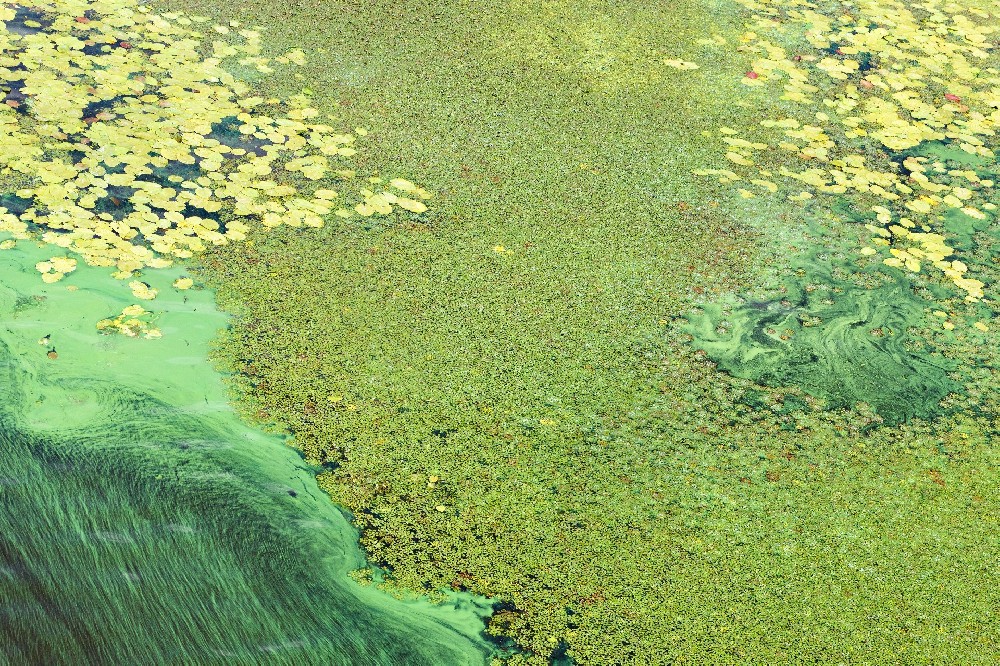
What is Blue-green Algae?
Blue-green algae are a diverse group of bacteria that are characterized by their ability to photosynthesize, a process that allows them to convert light energy into chemical energy. This ability is due to the presence of chlorophyll, a pigment also found in plants. Unlike plants, however, cyanobacteria do not have a nucleus or other membrane-bound organelles. Instead, their genetic material is organized in a single circular chromosome, similar to other bacteria.
What Causes Blue-green Algae?
The growth of blue-green algae is influenced by a variety of factors, including nutrient availability, water temperature, light intensity, and pH levels. The most significant nutrients that promote the growth of cyanobacteria are nitrogen and phosphorus. These nutrients can enter water bodies through natural processes such as weathering of rocks and runoff from the land, as well as through human activities like agricultural runoff, sewage discharge, and urban runoff.
Warm temperatures and calm water conditions also favor the growth of blue-green algae. During the summer months, when temperatures are high and water bodies are stratified, cyanobacteria can proliferate rapidly, forming dense populations known as blooms. These conditions are often exacerbated by human activities that lead to the eutrophication of water bodies, a process where excessive nutrients lead to increased plant and algae growth.
What Do Blue-green Algae Look Like?
Blue-green algae can vary in appearance, ranging from single-celled organisms to complex colonies that can form filaments, sheets, or even gelatinous masses. Their color can range from blue-green to red, brown, or even black, depending on the types of pigments they contain. In addition to chlorophyll, cyanobacteria may also contain other pigments such as phycocyanin, which gives them their characteristic blue-green color, and carotenoids, which can impart yellow, orange, or red hues.
When present in large numbers, blue-green algae can give water a pea soup-like appearance or form scums on the water surface. These blooms can be unsightly and can produce unpleasant odors. In some cases, they can also produce toxins that are harmful to humans, animals, and aquatic life.
What are Harmful Algal Blooms?
Harmful algal blooms (HABs) occur when the population of algae or cyanobacteria in a water body grows rapidly, leading to a dense concentration. The explosive growth of algae consumes a large amount of dissolved oxygen in the water, causing the death of other species such as fish, shrimp, and shellfish in the aquatic community. The species often become isolated, the function of the water body deteriorates, and the overall ecosystem becomes unbalanced. The massive growth of algae reduces the transparency of the water body, and a large number of submerged plants die. After the algae die, they will emit toxic substances and fishy odors, which not only affect the water landscape but also the surrounding air quality. At the same time, the algae that form water blooms can produce a large amount of algal toxins, causing water pollution. Algal toxins mainly include hepatotoxins, neurotoxins, and endotoxins, which can enter the human body through the digestive tract, causing diarrhea, nerve paralysis, liver damage, and even death in severe cases.
How to Measure Blue-green Algae?
Measuring the presence and concentration of blue-green algae is crucial for monitoring water quality and managing the risks associated with harmful algal blooms. Several methods are used to measure cyanobacteria, including:
Microscopy: This involves collecting water samples and examining them under a microscope to identify and count cyanobacteria cells. This method can provide detailed information about the species present and their abundance but is time-consuming and requires skilled personnel.
Chlorophyll-a Measurements: Chlorophyll-a is a pigment found in all photosynthetic organisms, including cyanobacteria. By measuring the concentration of chlorophyll-a in water samples, researchers can estimate the biomass of algae and cyanobacteria. This can be done using spectrophotometry or fluorometry.
Phycocyanin Measurements: Phycocyanin is a pigment unique to cyanobacteria, making it a specific indicator of their presence. Measurements of phycocyanin can be used to estimate the concentration of cyanobacteria in water bodies. This can be done using spectrophotometry or fluorometry, similar to chlorophyll-a measurements.
DNA-based Methods: These methods involve extracting DNA from water samples and using techniques such as quantitative PCR (qPCR) or next-generation sequencing (NGS) to identify and quantify cyanobacteria. These methods are highly specific and sensitive but can be expensive and require specialized equipment and expertise.
Remote Sensing: Satellites and aircraft equipped with sensors can detect changes in water color that are indicative of algal blooms. This method allows for the monitoring of large areas and can provide data on the spatial extent of blooms. However, it may not be able to distinguish between different types of algae and cyanobacteria.
Real-Time Sensors: These Blue-green Algae Sensors are devices that can be deployed in water bodies to continuously monitor parameters such as chlorophyll-a, phycocyanin, and other relevant indicators. They provide real-time data that can be used for early detection and monitoring of algal blooms.
Conclusion
Blue-green algae are a vital component of aquatic ecosystems, playing key roles in the nitrogen and carbon cycles. However, when their populations grow excessively, they can form harmful algal blooms that pose significant risks to human health and the environment. Understanding what blue-green algae are, what causes their growth, how they look, and the dangers of harmful algal blooms is essential for effective management and mitigation of these risks. By using various methods to measure the presence and concentration of cyanobacteria, researchers and water managers can better understand and respond to the challenges posed by these organisms. Continuous monitoring and research are crucial for developing strategies to prevent and control harmful algal blooms, ensuring the health and sustainability of aquatic ecosystems.
Yosemitech provides online blue-green algae sensor, self-cleaning blue-green algae sensor, online chlorophyll sensor, self-cleaning chlorophyll sensor, etc. If you need any information, feel free to contact us!
CATEGORIES
CONTACT US
Yosemitech Technologies Co., Ltd
 +86 19984844080
+86 19984844080
 sales@yosemitech.com
sales@yosemitech.com
 Bldg,25,CECEP Industrial Park, No. 18 Dongchang Rd. Suzhou Industrial Park, Jiangsu Province,China 215126, China
Bldg,25,CECEP Industrial Park, No. 18 Dongchang Rd. Suzhou Industrial Park, Jiangsu Province,China 215126, China
